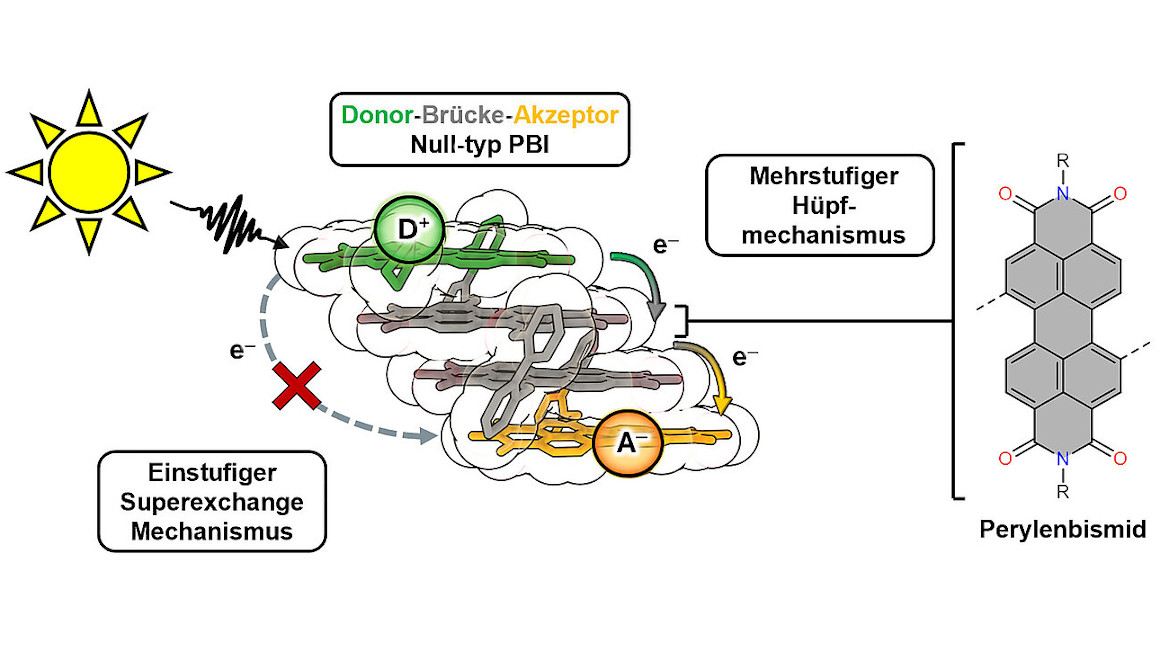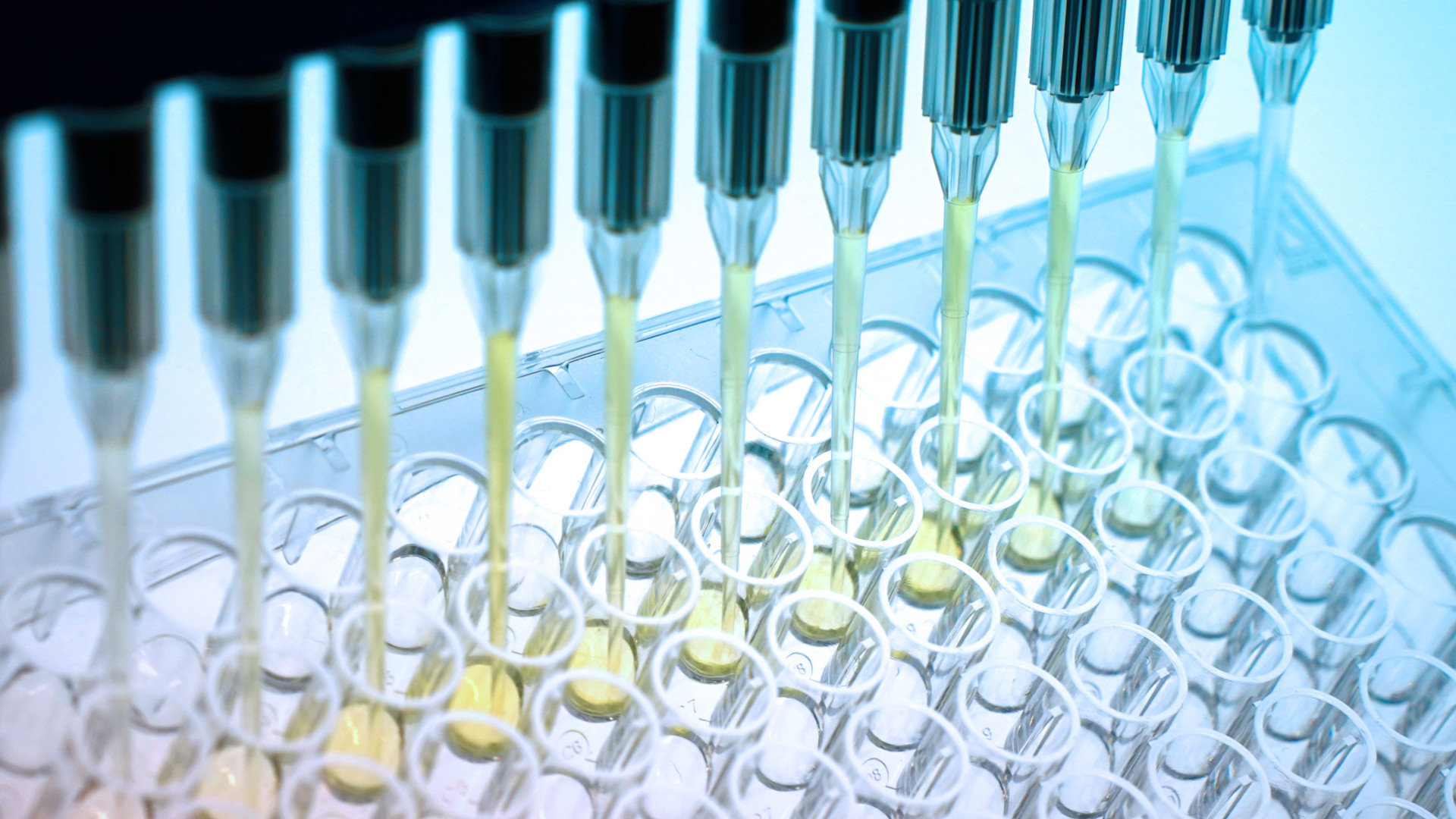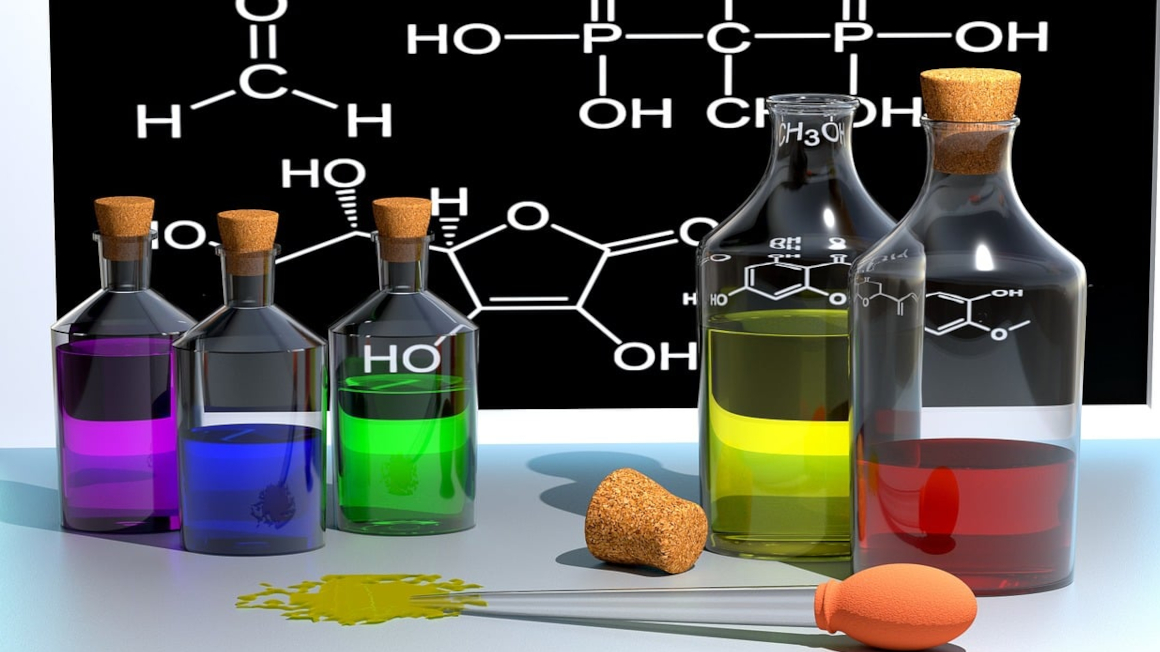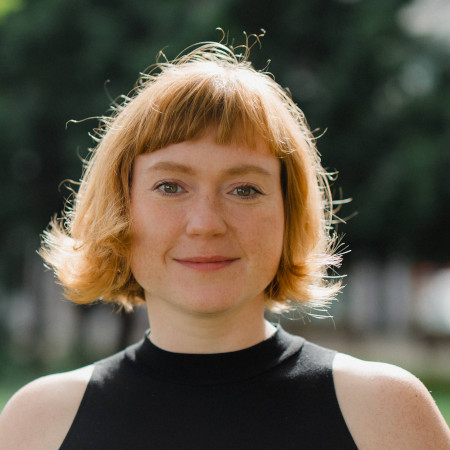Dye molecules of photosynthesis imitated
Würzburg researchers have synthesized four dye molecules from photosynthesis in plant cells and thus artificially recreated one of the first steps of the natural metabolic pathway.

For millions of years, plants have been obtaining energy from photosynthesis. In this process, carbon and water are converted into sugar and oxygen with the help of sunlight. Imitating this natural metabolic pathway technically would have many advantages and is therefore an ambitious goal of numerous research teams. Chemists at Julius-Maximilians-Universität (JMU) Würzburg in Bavaria, Germany, have now come one step closer to artificial photosynthesis.
Dye molecules synthesized
Natural photosynthesis is a complex process. It takes place in the cells of plants in individual steps and involves numerous dyes, proteins and other molecules. Together with researchers from Yonsei University in Seoul (Korea), a team led by Würzburg chemist Frank Würthner has succeeded in imitating one of the first steps of natural photosynthesis. As the team reports in the journal Nature Chemistry, a stack of dyes was synthesized that comes very close to the photosynthetic apparatus in the plant cell.
Specifically, the structure consists of four stacked dye molecules from the perylene bisimide class. According to the study, this artificial process absorbs light energy at one end, uses it to separate charge carriers and passes it on step by step to the other end via a transport of electrons. “We can specifically trigger the charge transport in this structure with light and have analyzed it in detail. It is efficient and fast. This is an important step towards the development of artificial photosynthesis,” says JMU doctoral student Leander Ernst, who synthesized the stacked structure.
Photofunctional materials for artificial photosynthesis
The next step for the Würzburg team is to further increase the number of stacked dye molecules. The end result should be a kind of supramolecular wire that absorbs light energy and transports it quickly and efficiently over long distances. According to the researchers, this would be “a further step towards novel photofunctional materials that can be used for artificial photosynthesis”.
bb


